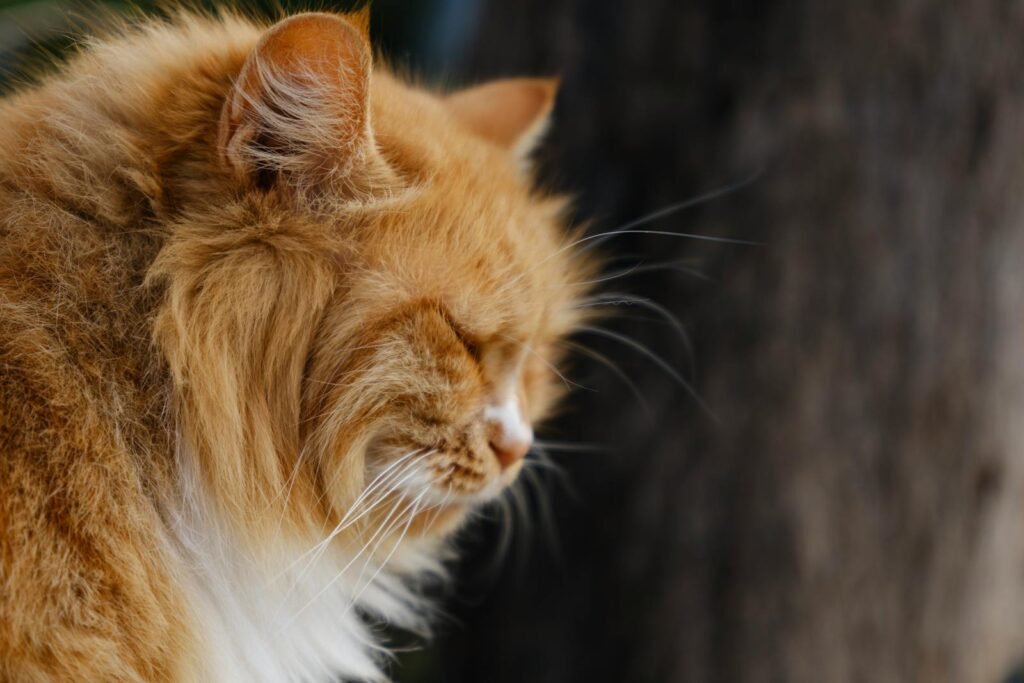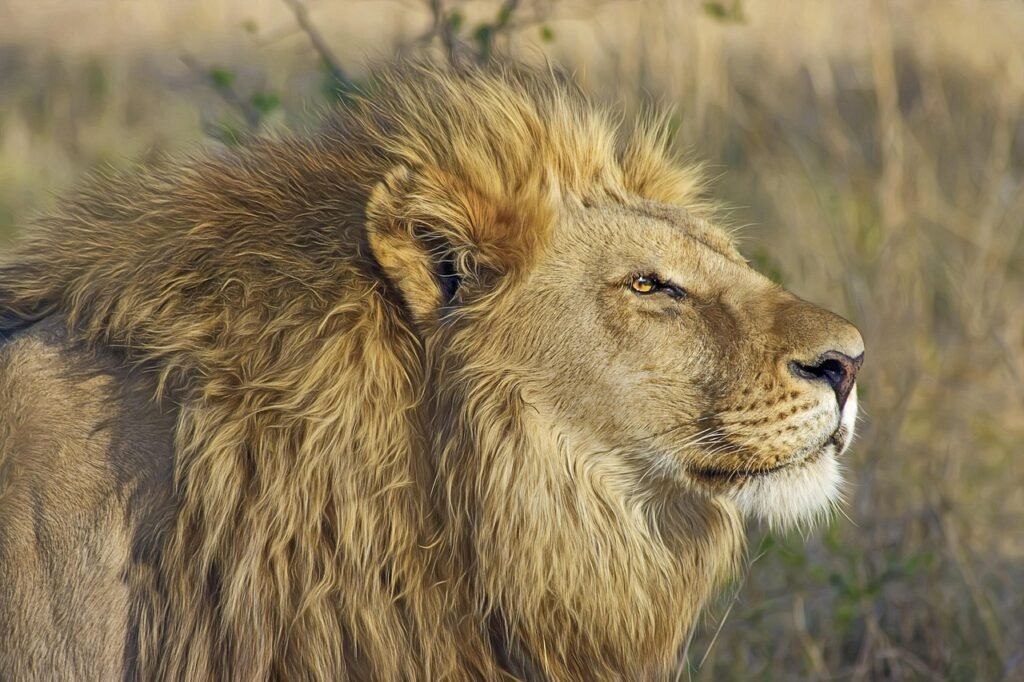Cats are often celebrated for their mysterious and independent nature, but their extraordinary hearing capabilities are equally noteworthy. In the wild, a predator’s survival often hinges on acute sensory capabilities. This article explores how cats’ hearing stacks up against other formidable hunters in the animal kingdom, examining the science behind their auditory prowess and what makes them such exceptional hunters.
Understanding Feline Hearing

Cats possess some of the most refined hearing abilities in the animal kingdom. They can hear frequencies ranging from 48 Hz to 85 kHz, which is significantly higher than humans, who hear between 20 Hz and 20 kHz. This ability to pick up on such high frequencies is partially due to their evolutionary need to detect high-pitched sounds made by small prey such as rodents, which are their natural food source in the wild.
The Structure of a Cat’s Ear

The anatomy of a cat’s ear also plays a crucial role in their hearing capabilities. Cats have outer ears or pinnae that can rotate up to 180 degrees, allowing them to funnel sound from any direction. This mobility gives them a remarkable ability to pinpoint the source of a sound with precision, which is essential for detecting the slightest movements of prey.
Comparing to Canine Hearing

While dogs are also known for their exceptional hearing, cats surpass them in terms of frequency range. Dogs generally hear between 40 Hz and 60 kHz, which, although impressive and far beyond human capacity, falls short of a cat’s upper hearing limit. This heightened ability in cats is crucial for detecting the faint noises made by the smallest of critters.
Birds of Prey and Their Auditory Skills

Birds of prey, such as owls, are incredible hunters with their exceptional hearing capabilities. Unlike cats, owls rely heavily on sound to hunt in the darkness. Some species, like the barn owl, have asymmetrical ear placements, allowing them to precisely locate prey even in complete darkness. While their specialized ears make them top nocturnal predators, a cat’s hearing remains more versatile across a wider range of environments.
Marine Predators: Dolphins and Their Echolocation

In the ocean, dolphins take the crown for auditory abilities due to their use of echolocation. This sophisticated method allows dolphins to send out sound waves and interpret the echoes that return, providing a detailed picture of their surroundings. While cats do not use echolocation, their acute high-frequency hearing makes them formidable land-based predators.
Why Cats Excel in Urban Environments

Cats have adapted well to urban settings where other predators might struggle. Their sharp hearing aids in avoiding potential dangers like traffic and detecting prey hidden in cluttered environments. This adaptability gives them a distinct advantage in both natural and man-made settings.
Infrasound: Elephants’ Subsonic Communication

Elephants are masters of low-frequency sounds, known as infrasound. These sounds help them communicate over large distances and offer early warning systems for natural disasters. While felines do not respond to these low-frequency sounds, a cat’s sensitivity to high frequencies serves them in their specific ecological niche.
Hearing in the Big Cats

Big cats, such as lions and tigers, also demonstrate impressive auditory capabilities. Their hearing is adapted to detect specific frequency ranges that align with the sounds typically made by their larger prey. While their frequency range is similar to that of domestic cats, the intensity of their auditory response is geared towards larger scale environments.
The Role of Hearing in Developing Kittens

Kittens are born deaf and begin to hear only after about two weeks. As their ears develop, they rapidly gain all the auditory capabilities needed for survival. This quick development is vital for young cats to adapt to threats and learn hunting skills from their mothers.
Hearing Loss in Aging Cats

Just like humans, cats can experience hearing loss as they age. While this can impact their hunting abilities, domestic cats often compensate with their other sharp senses, such as sight and smell. Regular veterinary check-ups can help manage age-related hearing loss to ensure a high quality of life.
Conclusion: The Superior Auditory System of Cats

Cats’ hearing capabilities are among the most refined in the animal kingdom, and they continue to intrigue researchers and animal enthusiasts alike. From their highly mobile outer ears to their wide frequency range, cats are perfectly adapted to their roles as skilled predators. By understanding these unique auditory abilities, pet owners can better appreciate the superior skills their feline companions possess, making them one of nature’s most adept hunters.
Hi, I’m Bola, a passionate writer and creative strategist with a knack for crafting compelling content that educates, inspires, and connects. Over the years, I’ve honed my skills across various writing fields, including content creation, copywriting, online course development, and video scriptwriting.
When I’m not at my desk, you’ll find me exploring new ideas, reading books, or brainstorming creative ways to solve challenges. I believe that words have the power to transform, and I’m here to help you leverage that power for success.
Thanks for stopping by, Keep coming to this website to checkout new articles form me. You’d always love it!






